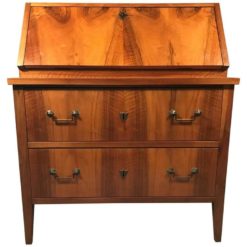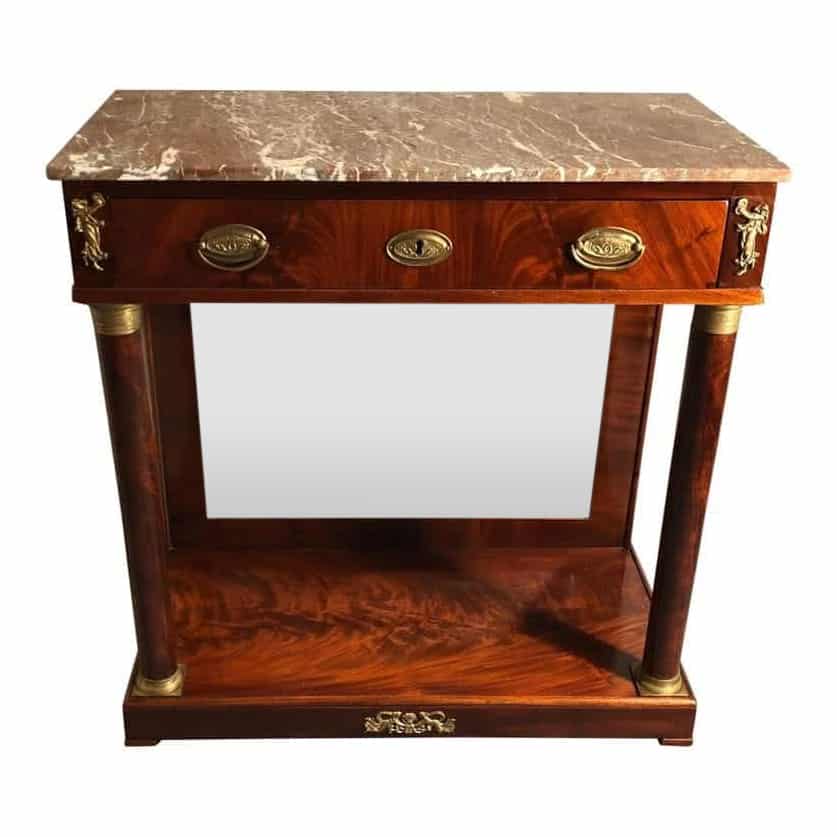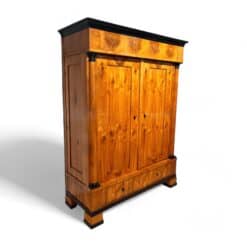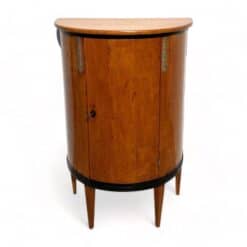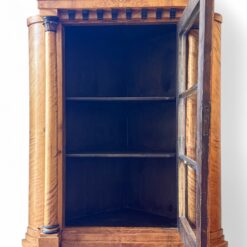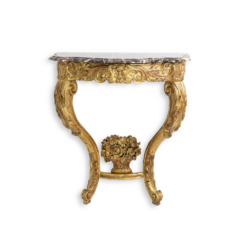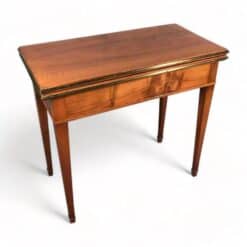Best Sellers
Biedermeier, Furniture, Style, Styylish History
Groundbreaking Century: 19th Century Furniture Styles
The 1800s were a period of major transformation in Europe, that saw upheavals in political systems, social organization, and the development of distinct 19th-century furniture styles and artwork. There were radical changes across rural and urban landscapes, in the lifestyles of the wealthiest elites and the most impoverished communities.
Europe experienced major wars and ongoing international rivalries, rapid advances in technology, waves of both religious devotion and dissent, and the emergence of cultural and political icons who forever changed Europe and the world. In this blog, we are going to focus specifically on what Styylish knows best: furniture design. Join us as we journey through the furniture form and classical motifs of a whole century. Learn how artisans of the Biedermeier, Empire, and Victorian period, for instance, take inspiration from the happenings of their time.
Neoclassicism: A Cultural Movement
Neoclassicism spanned over hundreds of years, adapting as time went on, and creating a lasting impact on all realms of artwork, originating in Rome in 1760. The principal era of neoclassicism aligned with the 18th-century Age of Enlightenment and Louis XVI style and then continued on, influencing 19th-century furniture styles. Typical furniture characteristics of neoclassicism include intricate hand-drawn elements, classic lines, and brass features.

Admire this Pair of Antique Chairs, for example. Embellished brass fittings shine alongside the detailing on the backrest. As well, the seat has been professionally reupholstered, thoughtfully showcasing the values of neoclassicism with fabric that emphasizes luxury but avoids being overly resplendent.
Scandinavian Influence in 19th-Century Furniture Styles
The neoclassicism style is also on display in this striking Neoclassical Gustavian Dresser from Sweden. This piece would be a dream for anyone’s Scandinavian design aspirations, offering a functional and unique beauty to your space. While the Gustavian style originated long ago in late 17th century Sweden, the designs have remained highly coveted since. These designs tend to be very versatile, making them highly sought-after. This beautiful piece represents both 18th-century Gustavian influence, as well as 19th-century neoclassicism.
This movement reintroduced the value of classical design discipline, drawing inspirations from the Renaissance. As we entered the 19th century, trends moved more towards lightness, refinement, and simplicity.
The Regency: The Artistic Footprint of the British Crown Prince
In the 18th century, British furniture embraced European glamor in the William and Mary period and the Queen Anne style. Artisans like Thomas Chippendale helped reinvent those forms in the 19th century.
The Regency era began in the United Kingdom in 1811, following the reign of King George III, when Prince George IV acted as Regent. While this lasted 9 years officially, the furniture style we know as English Regency encompasses furniture created from roughly 1800-1830.

Key characteristics of this 19th-century furniture style include clean silhouettes, classic floral or animal motifs, and refined wood carvings. This English Regency Centre Table is made with a striking rosewood top, seen here with the sweeping elegance of the natural wood grain. Typical of Regency furniture, the table has delicate hand carvings in multiple areas, highlighting impeccable craftsmanship from 200 years ago.
Victorian furniture followed this period in England. Furniture makers of that era worked with straight lines and industrial technologies to create furniture fit for the perceived glory of the global British Empire.
Mahogany On Display
To understand this era’s appreciation for mahogany, look no further than this English Regency Etagere. This marks as a delightful example of sturdy wood, featuring understated etchings and embellishments on the feet and drawer handles.
In addition, this specific shelving unit was created by Gillows of Lancaster, well known for making 19th-century furniture for customers seeking out wonderful quality items for their high-end homes. If you are seeking Regency vintage furniture for your own space, it is hard to imagine any piece better suited for showcasing your most beloved items.
Embellishments that featured metal details on the dark wood became popularized by Thomas Hope. In this furniture style, you’ll find mahogany or ebonized wood enhanced with delicate paintings in gold and red, alongside brass hinges. Eye-catching details on refined shapes and lines define this era and elevate pieces to luxury status.
If you are a connoisseur of American furniture styles, you’ll find the origin of your favorite pieces in this era.
Empire Style: Napoleon’s Visions of France
The Empire era overlapped with Regency, but began in France and then spread through Europe, eventually to the United States. This style had its heart in Paris, and is considered a wave of neoclassicism. Under the reign of Napoleon, French endeavors were held to a very high standard, and art and design were no exception. Napoleon insisted that France would display greatness in war and cultural pursuits.
You can imagine that this naturally impacted furniture designs of the early 19th century in France, shown, for instance, in this Empire Console Table. The mahogany, marble tabletop, and brass fittings communicate a strength and glamor fir for the period. Many Empire-style elements were heavily influenced by a fondness for the historical romance of the Roman Empire.
Gilded 19th Century Furniture Styles
For French furniture builders in the early 1800’s, Napoleon’s preferences led to crafting large imposing bookshelves, tables with rigid and strong lines, or suites with intricate details that were so stunning you had no choice but to stop and stare.

Dominance and extravagance are no doubt accomplished with this Empire Salon Suite. This set is in the style of Pierre-Antoine Bellangé, a distinguished French cabinetmaker, or “ébéniste”, who became known for providing suites of furniture for many European courts, from Denmark to Sweden to the Netherlands.
Furniture pieces designed for the highest courts were most decorated and gilded, with saturated silk fabrics and gold patterned details. There is an awe-inspiring effect to this suite, whether you imagine in your home or in Danish court. Complete with dolphin head carvings on the armrests, silk upholstery with Empire patterns, and carved mahogany, the elegance is undeniable.
Biedermeier: Middle Class Power and 19th Century Furniture Styles
Moving past the first years of the 19th century, we arrive at the beloved Biedermeier style. More than an era defined by a monarch or a war, Biedermeier exemplifies the social changes of the era. More individuals began to make up the urban middle class, and there was an increased focus on home life and decorating.

You can witness some of the differences between Biedermeier and earlier styles in this Biedermeier Settee. This unique piece is elegant and airy, embellished with many delightful details, yet clearly contrasts the salon suite above.
The emphasis with Biedermeier remained on utilitarianism and minimalism, initially as a rebellion against the previous Romantic-era European styles. Following the influential Empire era, Biedermeier furniture contrasted with the grandiose of Napoleon’s preferences. Instead, you’ll find simplified lines and reliance on locally available woods like oak, walnut, and ash, instead of the costly imported mahogany used so heavily in English Regency and Empire styles.
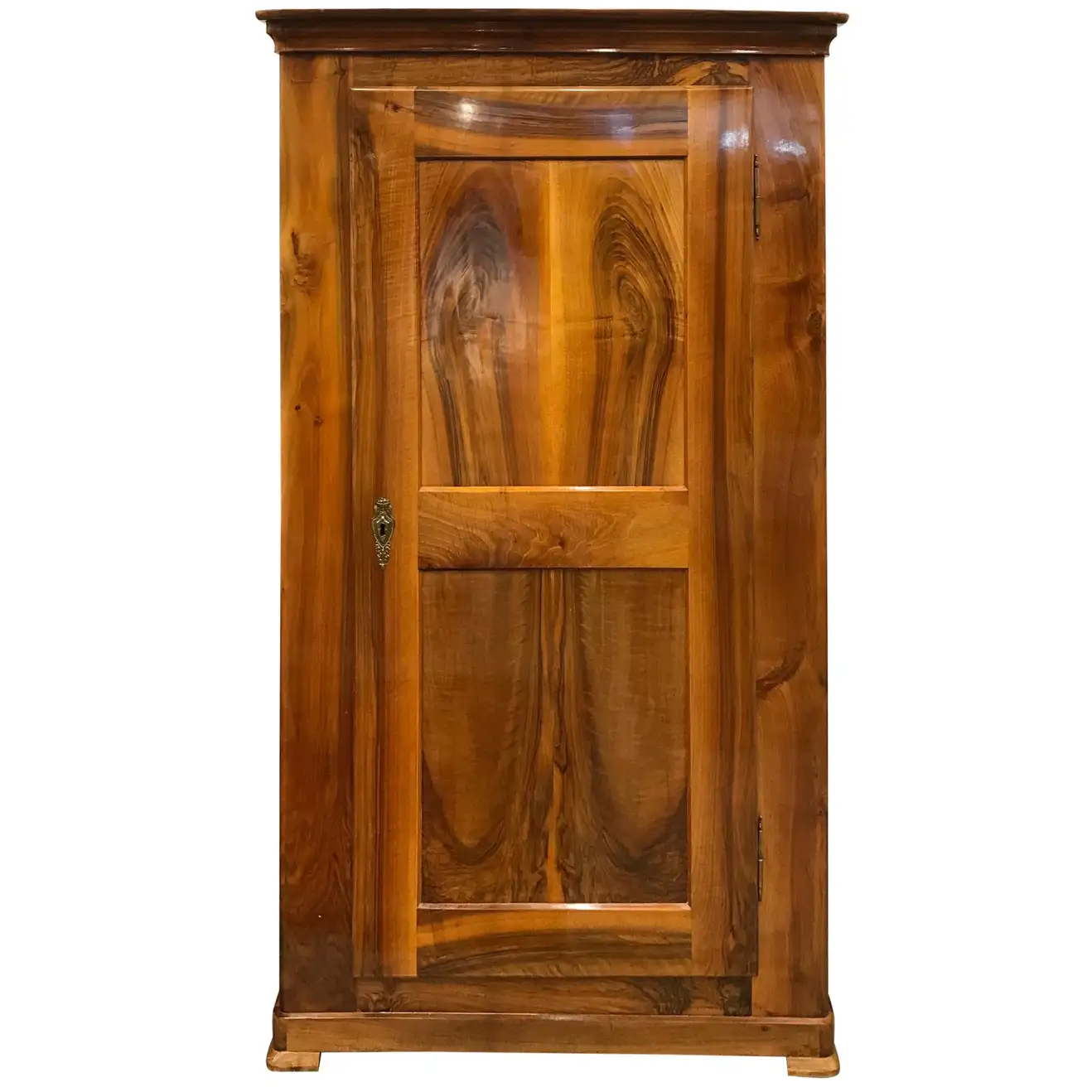
A Biedermeier Walnut Armoire is so simply classic and stunning, with a walnut veneer that shines on this unpretentious piece. The warmth and richness of this piece would sit beautifully beside so many pieces, versatile and timeless.
Revivals and Rejections of Style: The Historical Cycle
As is clear in our above exploration, trends rise and fall and repeat themselves. In an attempt to reject or recreate something of our past, we find ourselves amongst timeless options for styling our own spaces. The 19th century transformed the world’s interior designs. Look ahead to the Art Nouveau Period to glimpse into the future of furniture fashion.





